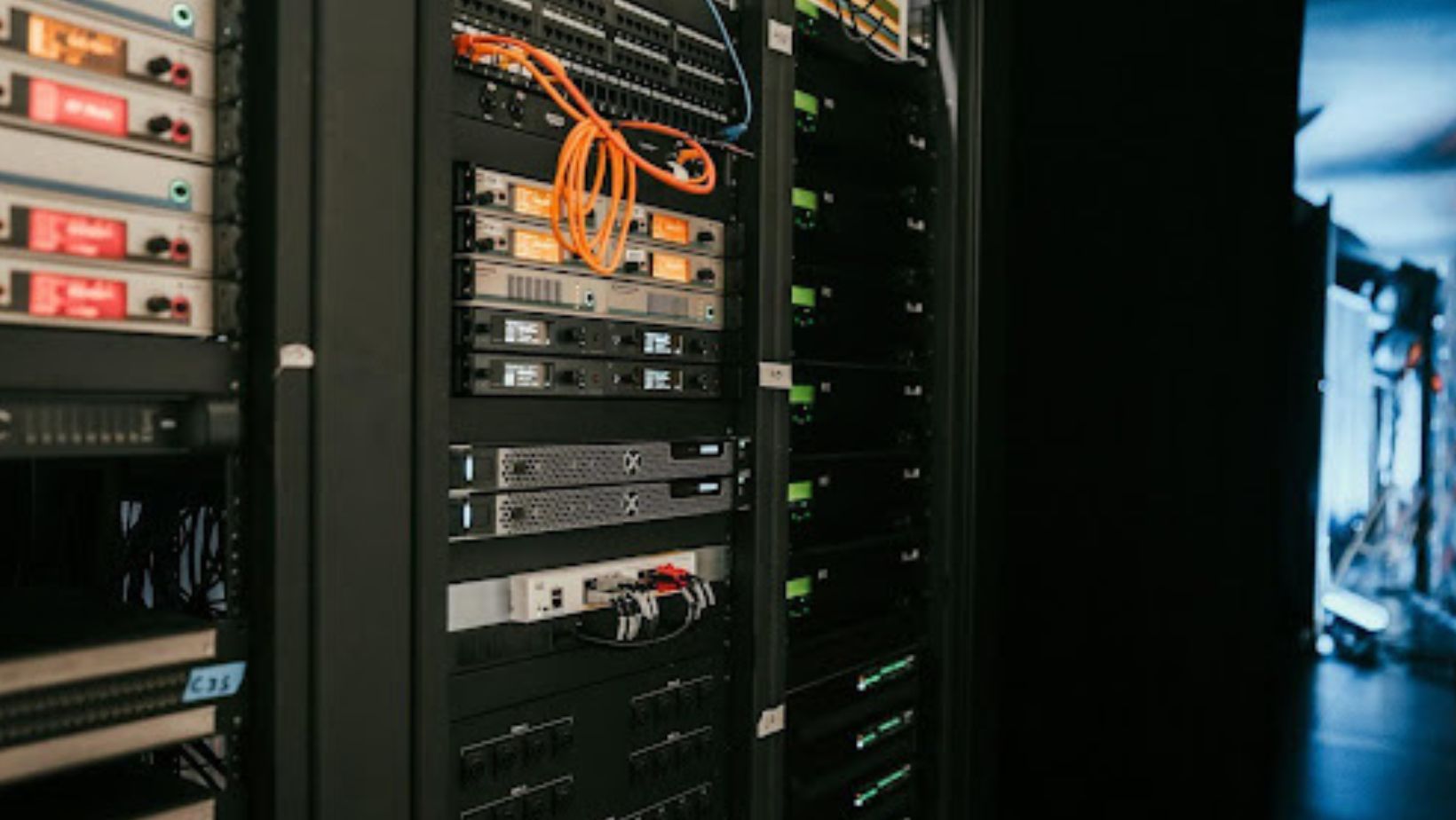Imagine your company’s data as a living entity, the collective intelligence, memory, and operational heartbeat of your entire organization. Now imagine that entity suffering a catastrophic failure. A ransomware attack encrypts every file. A simple human error deletes a critical database. A power surge fries your primary server. In our digitally-dependent world, these aren’t abstract nightmares; they are credible business threats that can halt operations, destroy customer trust, and trigger irreversible financial loss. Protecting this digital entity requires a comprehensive strategy, not a piecemeal approach. True resilience means implementing a unified framework for backup, replication, and disaster recovery that covers every single workload.
Understanding the Three-Layered Shield
These three concepts form a layered defense, each with a distinct purpose. A backup is a periodic snapshot of your data, saved to a separate location. It’s your insurance policy, allowing you to restore files from a specific point in time before a corruption or attack occurred. Replication is different; it creates a live, constantly updated copy of a critical workload, like a database or virtual machine. If your primary system fails, the replica can take over almost instantly. Disaster Recovery (DR) is the overarching plan, the coordinated process of restoring full operational capability after a major incident, utilizing both your backups and replicas in a designated recovery environment. Exploring solutions such as Veeam Backup from Certum can provide a clear blueprint for how these layers integrate into a single, manageable system.
Why “All Workloads” is the Only Acceptable Answer
Many companies make a dangerous miscalculation: they only protect what they deem “mission-critical.” They back up their financial database but neglect the marketing drive containing years of brand assets. They replicate the customer relationship manager (CRM) but ignore the internal wiki that holds institutional knowledge. This creates fragile pockets within your infrastructure.

A modern business is an ecosystem; an attack or failure will exploit the weakest link, not the strongest. A compromised file share can be the entry point that brings down the entire network. Protecting everything eliminates these vulnerabilities and ensures no part of your operation is a disposable liability.
Moving Beyond Recovery Time to Business Continuity
The old metric was Recovery Time Objective (RTO), how long it takes to get systems back. Today, the more critical metric is continuity. How can you avoid going down at all? This is where replication shines. For your most vital systems, a seamless failover to a replicated environment means users may experience only a brief blip, unaware a major outage even occurred. The goal shifts from recovering from a disaster to preventing the disaster from impacting your business operations in the first place. This proactive stance is the difference between a minor IT incident and a front-page business crisis.
The Modern Threat Landscape Demands It
The nature of threats has evolved. It’s no longer just about a hardware failure or a natural disaster. Malicious software, especially ransomware, is designed to seek out and destroy or encrypt backups. A simple backup to a connected network drive is no longer sufficient. A robust strategy requires immutable backups, copies that cannot be altered or deleted for a set period, and air-gapped storage that is physically disconnected from the network. Your defense must be intelligent enough to anticipate threats that actively try to dismantle your recovery options.
Transforming Resilience from a Cost to an Advantage
Implementing a universal backup, replication, and DR strategy is often viewed as a necessary insurance cost. However, it can be reframed as a powerful competitive asset. It provides the confidence to operate aggressively, knowing your business can withstand shocks that would cripple competitors. It assures clients and partners that you are a reliable, stable entity. Furthermore, it empowers innovation; with a solid safety net in place, companies can more confidently deploy new applications and digital services, accelerating growth without introducing unacceptable risk.
Ultimately, a fragmented approach to data protection is a gamble no modern organization can afford. Building an unbreakable business means acknowledging that every workload, from the core accounting software to the departmental file server, is a vital organ in a single body. A unified strategy for backup, replication, and disaster recovery isn’t just an IT project; it is the foundation of operational integrity, customer trust, and long-term survival in an unpredictable digital landscape. It is the ultimate expression of corporate responsibility.



